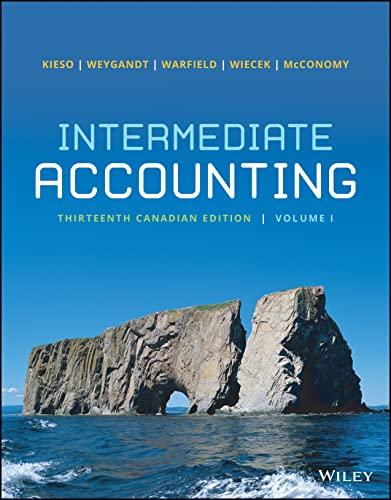Example: Kalman Company makes vases. Last year, Kalman sold 5,000 vases at a price of $12 and had the following information on costs: Unit direct materials $1.70 Unit direct labor 0.50 Unit variable overhead 0.20 Unit selling price of solvent $40 Unit selling expense 0.60 Total fixed overhead $11,000 Total fixed selling and administrative expense $20,500 Unit variable cost is $ The unit contribution margin is $ Total fixed cost is Note that all variable costs are added into the unit variable costs. Similarly all fixed costs - whether for production (fixed overhead) or selling and administrative expense are included in total fixed costs. Breakeven quantity = $31,500/($12 - $3) = 3,500 units We can show that selling 3,500 units does result in breaking even by constructing an income statement Sales ($12 x 3,500) Total variable cost ($3 x 3,500) Contribution margin $42,000 10,500 $31,500 31,500 Total fixed cost $0 Contribution margin $31,500 Total fixed cost 31,500 Operating income Breakeven sales revenue is found by multiplying the breakeven quantity by price. Alternatively, one can multiply both sides of the breakeven equation by price so that the equation for breakeven sales revenue is: Breakeven sales - Total fixed cost/Contribution margin ratio Select "Yes or No" from the following ratios that can be computed by contribution margin: Price - unit variable cost Unit contribution margin/Price Total contribution margin/Price Total contribution margin/Sales (Price - unit variable cost)/Price (Price - unit variable cost)/Sales Price/(Price - unit variable cost) (1 - variable cost ratio) Price Price/Unit contribution margin (1 - variable cost ratio) Example: Kalman Company makes vases. Last year, Kalman sold 5,000 vases at a price of $12 and had unit variable cost of $3. Total fixed costs were $37,800. The contribution margin ratio was Rreakeven sales were Total contribution margin/Pr Total contribution margin/Sales (Price - unit variable cost)/Price (Price - unit variable cost)/Sales Price/(Price - unit variable cost) (1 - variable cost ratio)/Price Price/Unit contribution margin (1 - variable cost ratio) Example: Kalman Company makes vases. Last year, Kalnan sold 5,000 vases at a price of $12 and had unit variable cost of $3. Total fixed costs were $37,800. The contribution margin ratio was Breakeven sales were $ Suppose Kalman Company had a contribution margin ratio of 40%, the breakeven sales dollars would be the original scenario. Breakeven sales dollars = Total fixed cost/contribution margin ratio = $31,500/0.4 = $78,750 Now suppose Kalman Company had a contribution margin ratio of 80%, the breakeven sales dollars would be the original scenario. Breakeven sales dollars = Total fixed cost/contribution margin ratio $31,500/0.8 = $39,375









